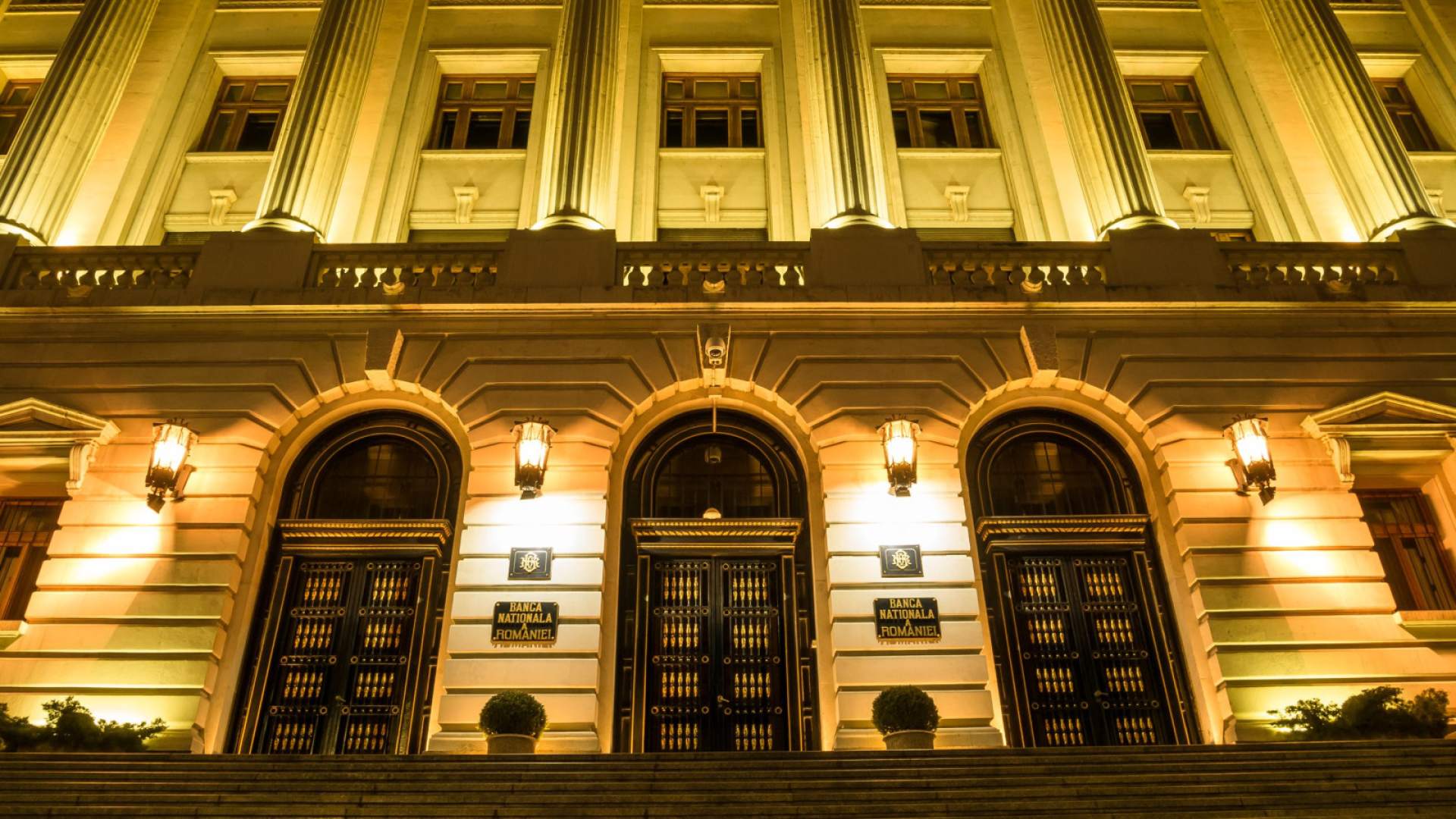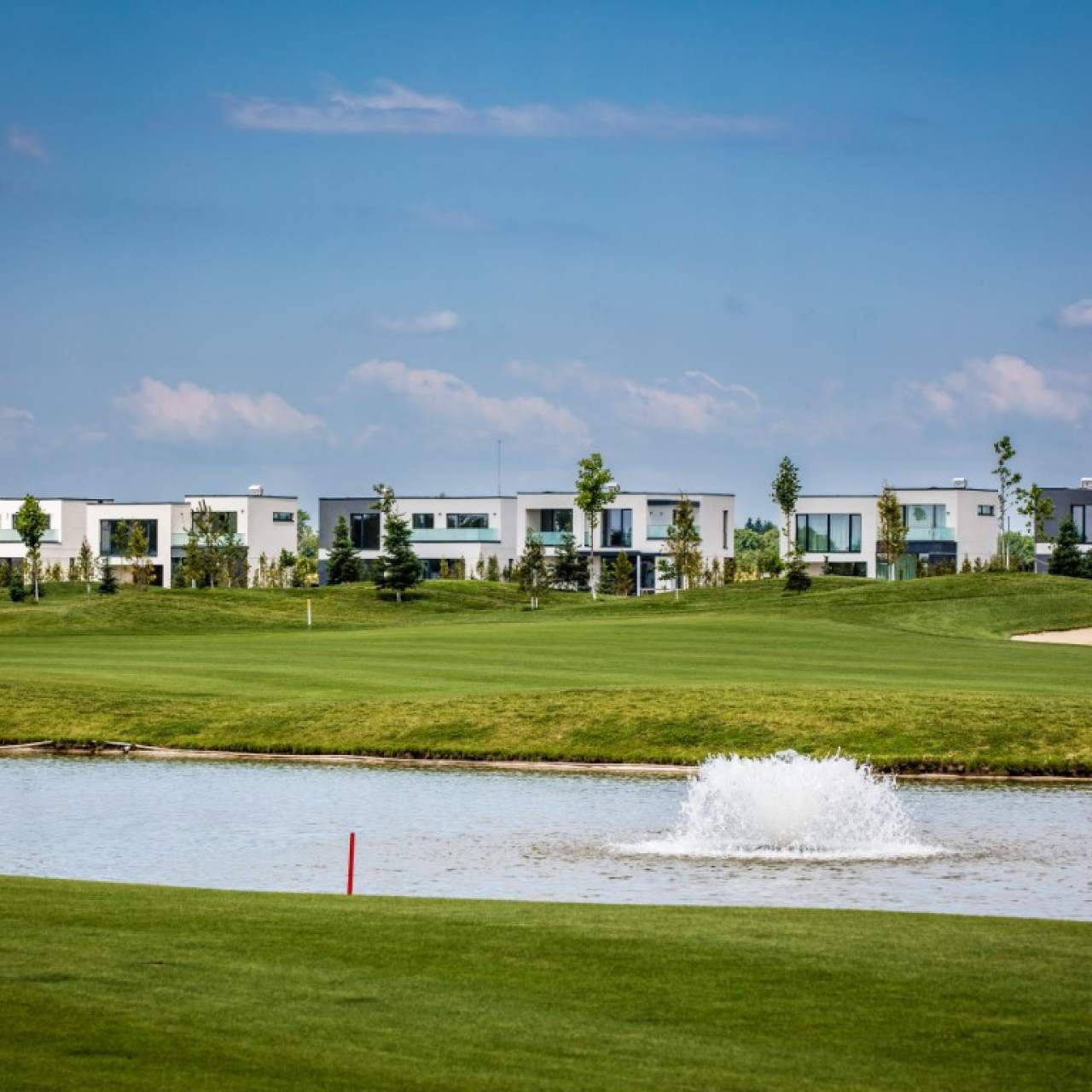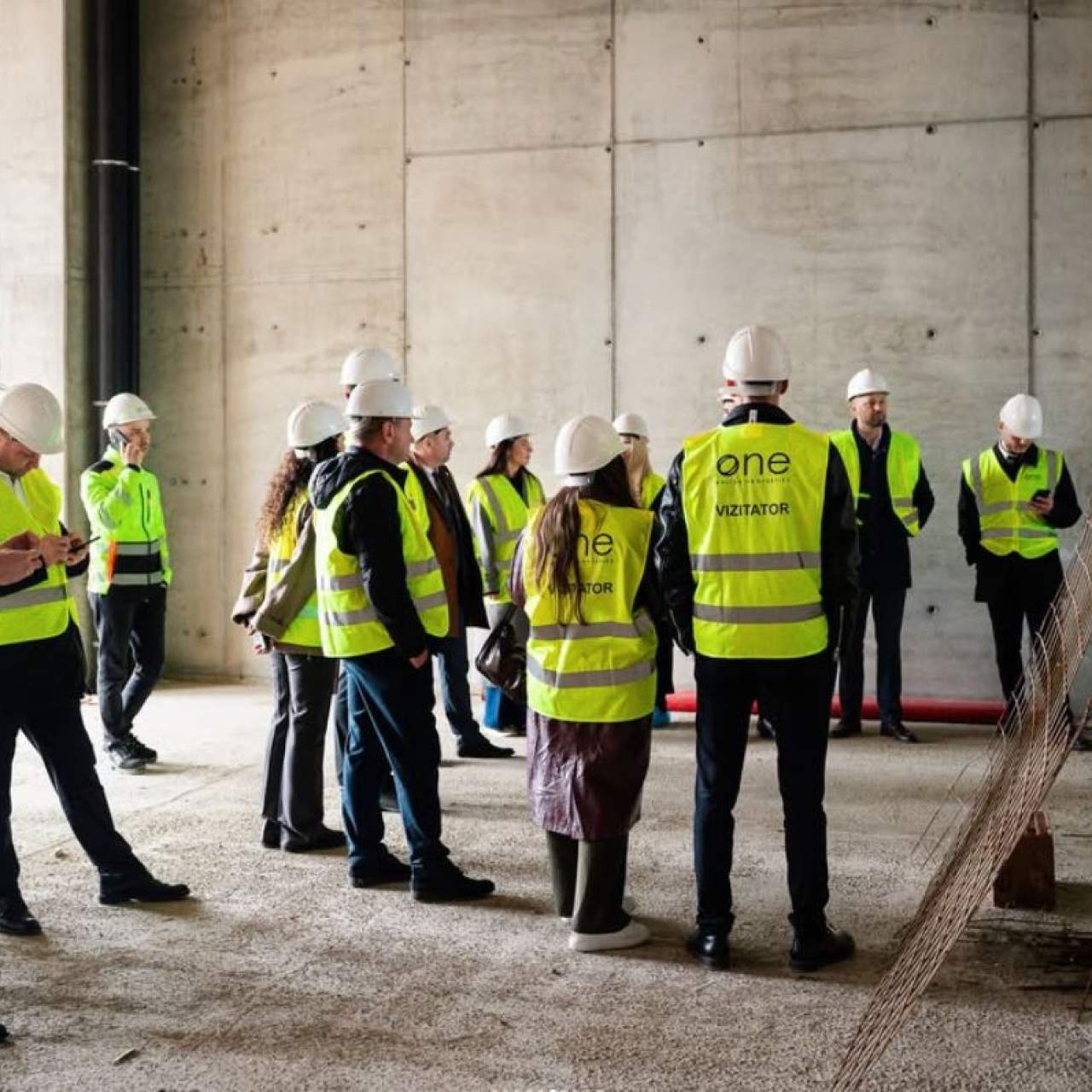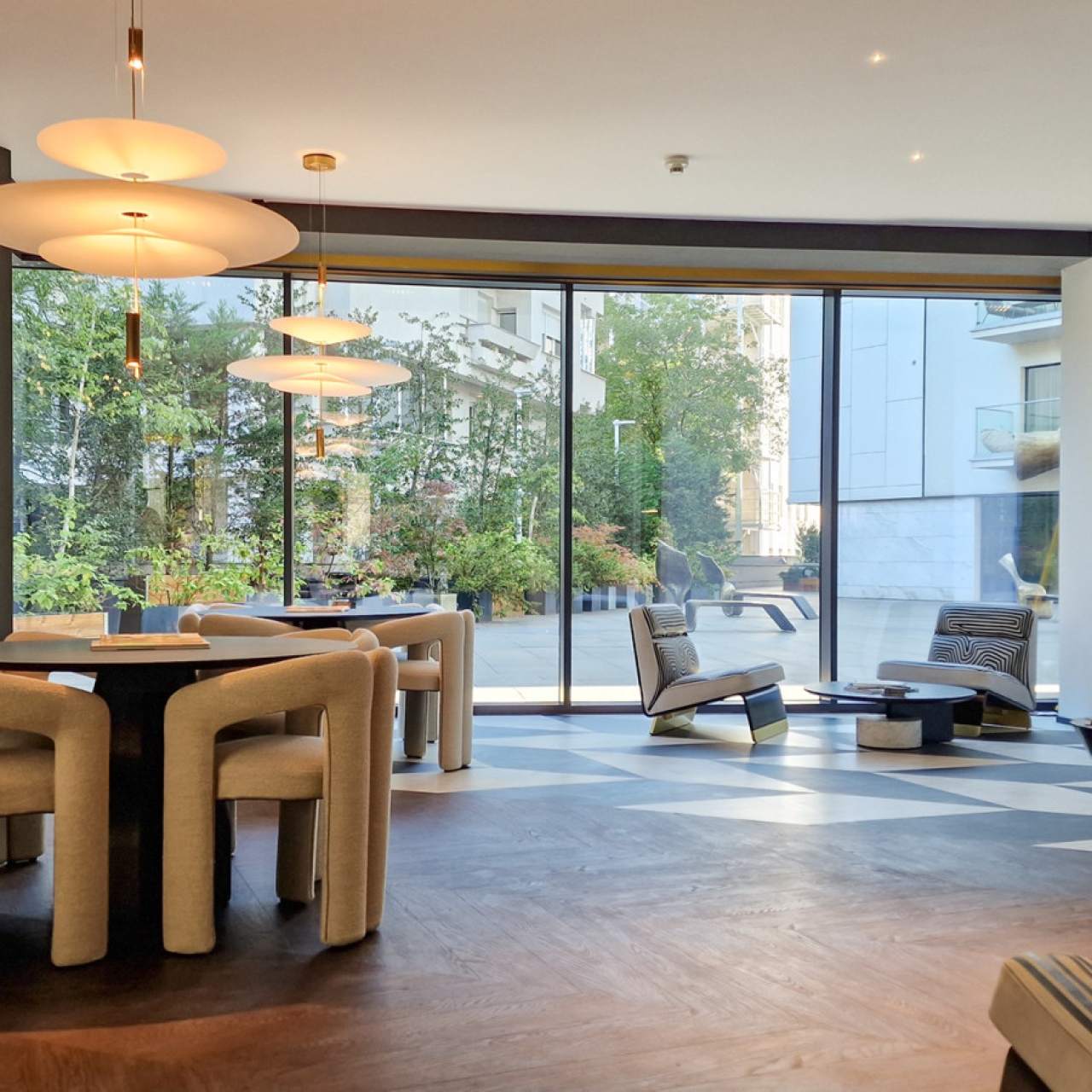
The Palaces of the Capital - Part I
Surrounded by narrow streets or located along crowded boulevards, the palaces of Bucharest still keep the charm of past times, offering a pleasant contrast between old and new.
What stories are hidden behind their walls?
Old Palace of the National Bank
A monumental building and the first important bank building in the city, once called by Ion Mincu "the most beautiful building in Bucharest", the Old Palace of the National Bank was built between 1883-1900, on the site of a former inn. The interior is dominated by the Marble Hall, a sumptuous room which once functioned as a counter room. The masonry pilasters on the ground floor once housed cash registers, and the communication lodges connecting the double columns on the first floor were used to make it easier to follow the work of employees and clients. A special emphasis was placed on the acoustics of the building, designed to protect private information from the ears of the curious. The facade includes a statuette on which the goddesses of agriculture and justice, respectively of industry and commerce were sculpted by artists Ion Georgescu and Ștefan Ionescu-Valbudea. Other artists who left their mark on the building were the painter George Demetrescu Mirea, Nicolae Grigorescu, and Eugen Voinescu. The Museum of the National Bank of Romania also operates today.
Kiseleff Palace
Known by the people of Bucharest as Casa de la Șosea or Vila de la Șosea, Kiseleff Palace, located on the road with the same name, once belonged to the Candiano-Popescu family. It was originally designed as a boyar house, which in 1907 was bought by Constantin Iarca, former mayor of Buzau. Two years later, it was sold to King Carol I, who, with the help of the architect Grigore Cerchez, would transform it to fit a neo-Romanian style. Over time, the villa also served as a residence for King Charles II, his wife, Elena, King Michael I, but also Princess Elizabeth. After the 1989 Revolution, the building served as headquarters for various banks.
Elizabeth Palace
On Kiseleff road also rises Elisabeta Palace, a combination of Moorish and Brâncoveanu styles. Built between 1935-1937, according to the sketches of the architect Corneliu Marcu, the source of inspiration for its design was Banloc Castle in Timiș County. The roof of the building is adorned with a flagpole. Although it was built to serve as the residence of Queen Elizabeth of Greece, Princess of Romania, she rarely used it. It was inhabited for a time by King Michael I, after the Royal Palace on Calea Victoriei was bombed. The sovereign also signed here the act of abdication, on November 30, 1947. Currently, the building is the only official residence in Bucharest of the Royal Family, sometimes used to receive foreign heads of state and to organize dinners and decoration ceremonies, among others. Now open to the public, among the rooms that can be visited are the Art Gallery, the Michael I Salon, the Carol and Elizabeth Salon, the King's Hall, the White Salon, the Great Dining Room, but also the Marble Stairs. The surroundings are also picturesque, as next to the palace lies the Village Museum.
The Stock Exchange Palace
Completed in 1912, after six years of work, the Stock Exchange Palace bears the signature of the architect Ștefan Burcuș, who followed the French neoclassical style in its design, while the pilasters and columns were built in Corinthian style. He received the contract following an architectural competition, in which 14 projects were entered, of which only six were further selected. The idea for the design of the Palace belonged to King Carol I: following a suggestion made by the industrialist George G. Assan, he proposed the construction of a headquarters of the Chamber of Commerce and Industry of Bucharest. The resistance structure was made by the engineer Gogu Constantinescu, who used bricks and reinforced concrete floors. The land chosen for the construction was made available by the Minister of Industry, Ioan Lahovary, and at the ceremony of laying the foundation stone, organized on May 11, 1908, the members of the Royal House were present. Beginning with 1955, the Stock Exchange Palace hosted The State’s Central Library (today The National Library of Romania, moved on Unirii Boulevard).
Ghica Tei Palace
Designed by the Romanian architect of Catalan origin Xavier Villacrosse, the Ghica Tei Palace is in the Italian neoclassical style, while combining French Renaissance elements. The first owner, who ordered its construction, was the ruler Grigore Dimitrie Ghica. Structured on two levels, the building has a facade adorned with other reliefs depicting a pair of towers and one of flags, but also other elements, representing six winged nymphs. The interior living rooms, in turn, include ceilings on which mythological scenes, allegorical figures, and various plant elements were created by an Italian painter. The building was restored in 1978, later serving as the headquarters of several state institutions. Next to the Palace is one of the most beautiful churches in Bucharest, Teiul Doamnei Ghica.
Data for this article was obtained from bnr.ro, casamajestatiisale.ro, turismistoric.ro și wikipedia.org. Credit foto: cristicroitoru.
Inspired by the article?
Explore apartments in neighborhoods worth discovering:


